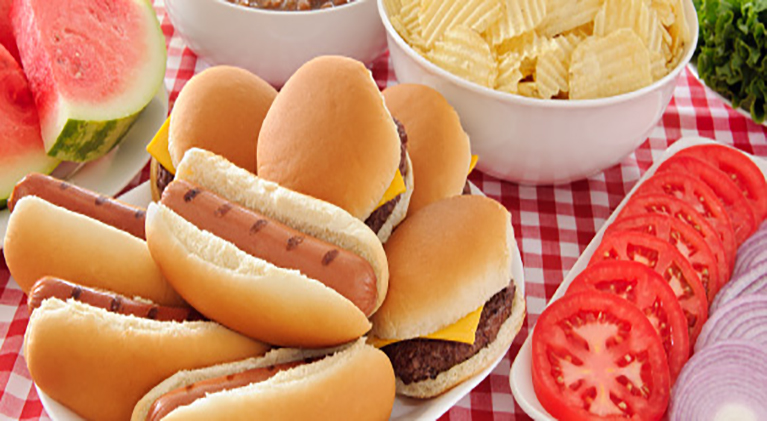Picnics, Barbecues and Clambakes…some of our favorite things about summer. But these summer treats come with some food safety risks as well. Hot temperatures, coolers that don’t stay cool and potato salad that doesn’t get refrigerated in a timely a manner are just a few of the potential hazards of the season. About 1 in 6 people in the United States will get sick this summer from something they ate.
At Avure, we‘re experts on food safety, so here are a few tips to make sure the sunny season doesn’t become the sick season.
No matter what time of year, washing hands with soap and water before meal preparation goes a long way to cutting down on the possibility of serving up a foodborne illness.
“Anything that sits around in the “danger zone” of 40 degrees F to 140 degrees F is just inviting potentially harmful bacterial to set up camp.”
When firing up the grill, make sure everything is cooked to its recommended internal temperature. A food thermometer can be invaluable as time on the barbie and color of the meat are not reliable ways to make sure the food is done. We’ve all had that piece of chicken that is burnt on the outside, but pink on the inside.
A cooler should stay cool. Dedicate at least a quarter of your cooler to ice and keep the temperature inside to a frosty 40 degrees Fahrenheit if you have perishables inside. A small thermometer you can drop in the cooler can help you monitor the temp.
Maintain the right temperature, segregate raw food.
Keep hot food hot and cold food cold. Anything that sits around in the “danger zone” of 40 degrees Fahrenheit to 140 degrees Fahrenheit is just inviting potentially harmful bacterial to set up camp. Put leftovers away promptly.
Keep your raw food and cooked food separate, including the utensils used to handle them. Cross contamination is a bad, bad thing.
Many summer outings call for a cantaloupe, honeydew or watermelon for dessert. Wrapped in their own “packaging,” they’re easy to carry to the beach or backyard barbecue, these summer favorites can be notorious for harboring harmful bacteria on the outside of the rind. It’s rare that a summer goes by that we don’t hear of a food illness outbreak that can be traced back to some type of melon. A thorough scrubbing and rinsing of the outside of the melon before cutting can reduce the risk of the knife blade carrying any bacterial hitchhikers into the interior.
Bottom line? All the food safety tips you follow in your home kitchen apply whether you’re at the beach or in the backyard!

